WORLDS FASTEST GROWING SHADE TREE
These seeds are offered for sale at $4 per 10.Add $4 to the order to cover pack/post charges I will need your name & mailing address after I give you my bank details www.sunblestproducts.com Henry
Paulownia fortunei
(Seem.) Hemsl.
Paulowniaceae
- Synonyms
Campsis fortunei Seem.
Paulownia duclouxii Dode
Paulownia meridionalis Dode
Paulownia mikado T.Itô Common Name:
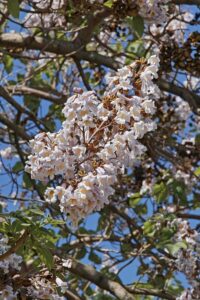
General Information
Paulownia fortunei is a tree with a conical crown; it can grow up to 30 metres tall, but is often less than 20 metres. The straight bole can be up to 200cm in diameter. The tree is deciduous in temperate climates, becoming evergreen in tropical areas
Paulownia species in general are valued for their fast growth and light but strong wood; they are increasingly being grown as a plantation timber and in soil stabilization and restoration projects. The tree is often grown as an ornamental, valued especially for its fast growth and floral display.
Known Hazards None known
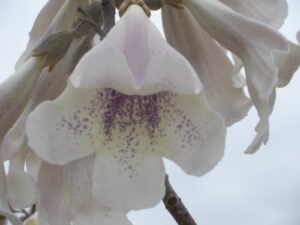
Botanical References
Range
E. Asia – eastern and southern China (Anhui, Fujian, Guangdong, Guangxi, Guizhou, Hubei, Hunan, Jiangxi, Sichuan, Yunnan, Zhejiang), Vietnam, Laos
Habitat
Mountain slopes, forests, mountain valleys, wastelands; at elevations up to 2,000 metres
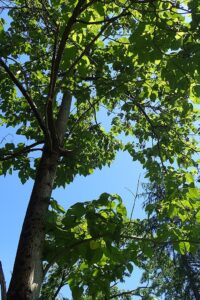
Properties
Other Uses Rating * * *
Habit Semi-deciduous Tree
Height 18.00 m
Growth Rate Fast
Pollinators Insects
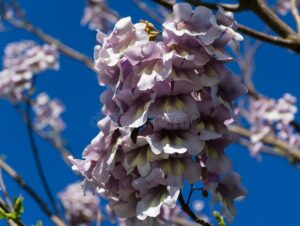
Cultivation Status Cultivated, Ornamental, Wild
Cultivation Details
Paulownia fortunei is a moderately cold-hardy plant, though it needs to grow in areas with long hot summers in order to fully develop its hardiness. In such regions it is able to tolerate temperatures down to around -20°c when fully dormant, though in areas with cooler summers it can be damaged by considerably less cold conditions. Young plants are also much more susceptible to cold than more mature specimens, whilst the spring growth and flowering of plants of all ages can be damaged by late frosts
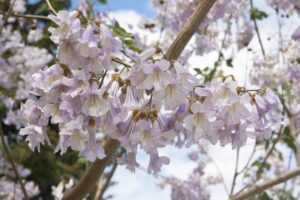
]. The plant can be found from the warm temperate zone of southern China, just entering into the tropics in Vietnam and Laos, and is also sometimes cultivated in tropical areas.
Paulownia species generally grow best in an open, sunny position in a deep. moderately fertile, moist but well-drained soil
All the species in this genus produce attractive spring displays of sweetly-scented flowers and can be grown as ornamentals
Branches tend to be brittle and the large leaves are liable to wind-burn, so it is best to site trees in a position that is sheltered from strong winds[200
A fast-growing species
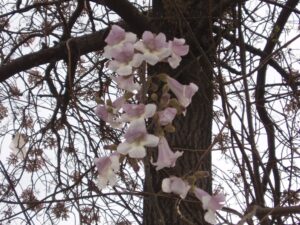
Edible Uses-None known
Medicinal-None known
Agroforestry Uses:
Paulownia fortunei is a fast-growing tree that can build up humus levels and fertility in the soil. When growing in areas polluted by heavy metals it has been shown to concentrate various of these metals in its tissues – especially lead, zinc and copper. It has a high potential for use in phytoremediation projects, either as a means of removing these metals or as a means of locking them up and helping to restore the fertility of the soil[1623
The tree has proven to be very effective in the phytoremediation of manganese contaminated soils, growing quickly and concentrating manganese in its aerial parts, with a quantity transfer coefficient (the ratio of above to below ground uptake) of 2.32 in 5 year old trees
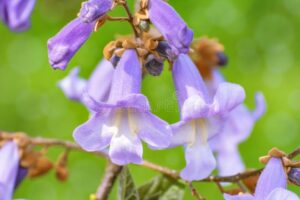
**** The plant seems capable of cleaning air polluted with chlorine
Other Uses
We have no specific information on the wood of this species, but Paulownia species in general have a good quality, lightweight timber. The reddish-brown wood is comparatively soft and has a beautiful grain
It is not generally attacked by insects. It is used for making delicate furniture, cabinets, musical instruments etc, and is also used for items such as boxes, clogs, floats and general wood work. It is also used in construction, being good for posts and beams
The wood yields an excellent charcoal that can be used for high class fireworks and gunpowder

Popagation
Seed – best sown as soon as it is ripe in containers in a sunny position
]. Sow stored seed at 15 – 20°c
]. The seed requires light for germination
]. Fair to good germination. When they are large enough to handle, prick the seedlings out into individual pots and grow them on for a few weeks until large enough to plant out.
Cuttings of half-ripe wood, 5 – 8cm with a heel, in a frame
Root cuttings 4cm long. Good percentage strike
Any questions or if buying, contact me HERE


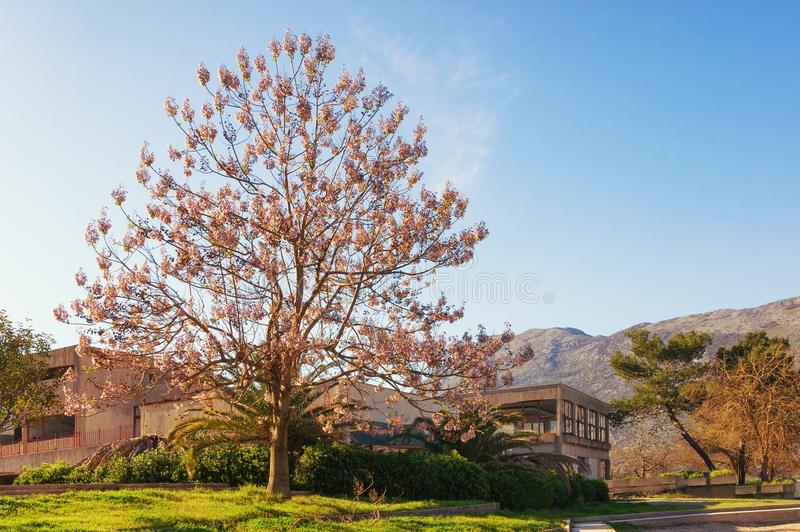
Recent Comments